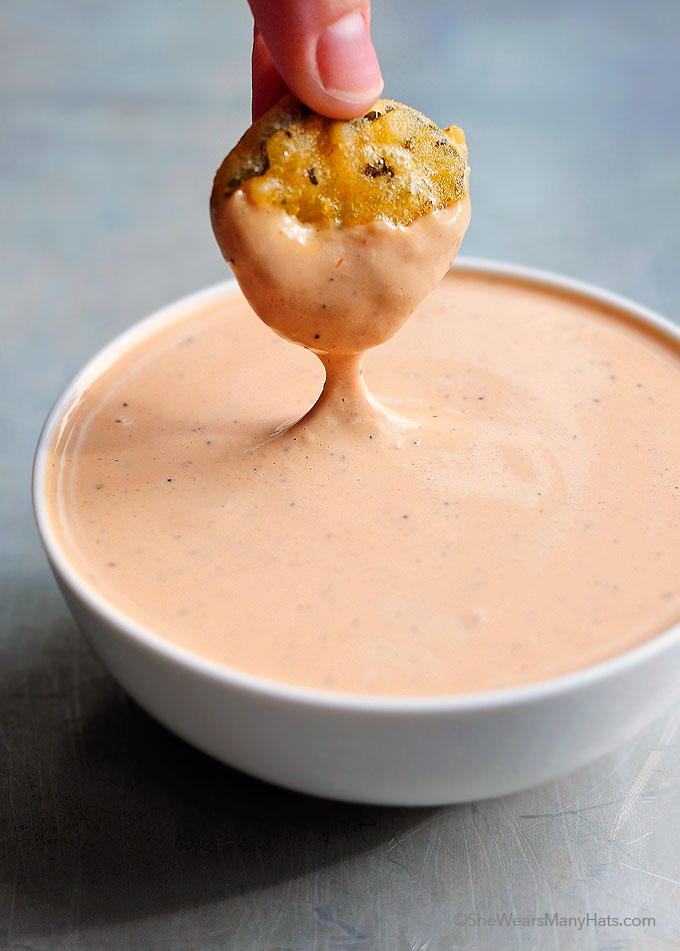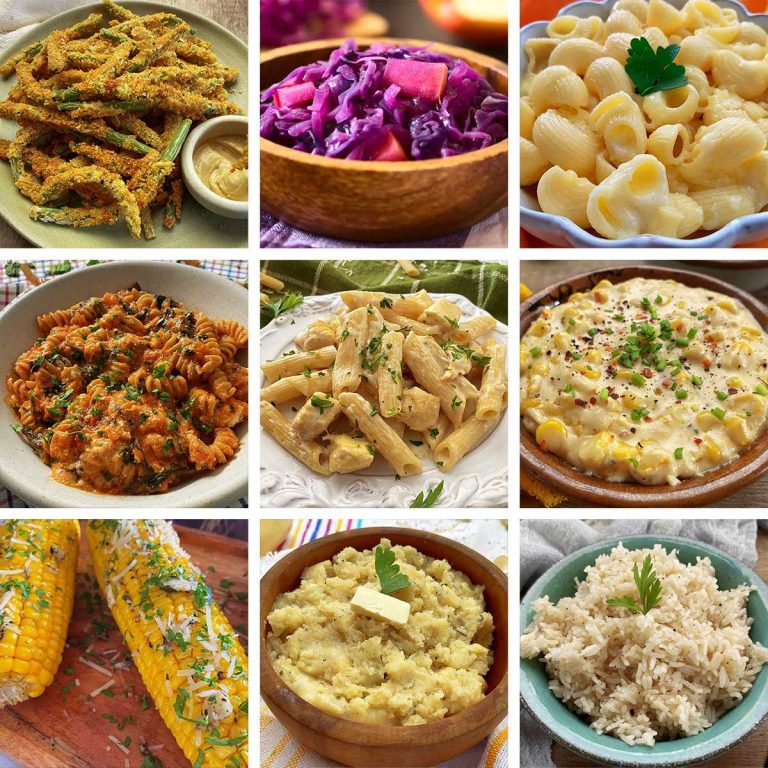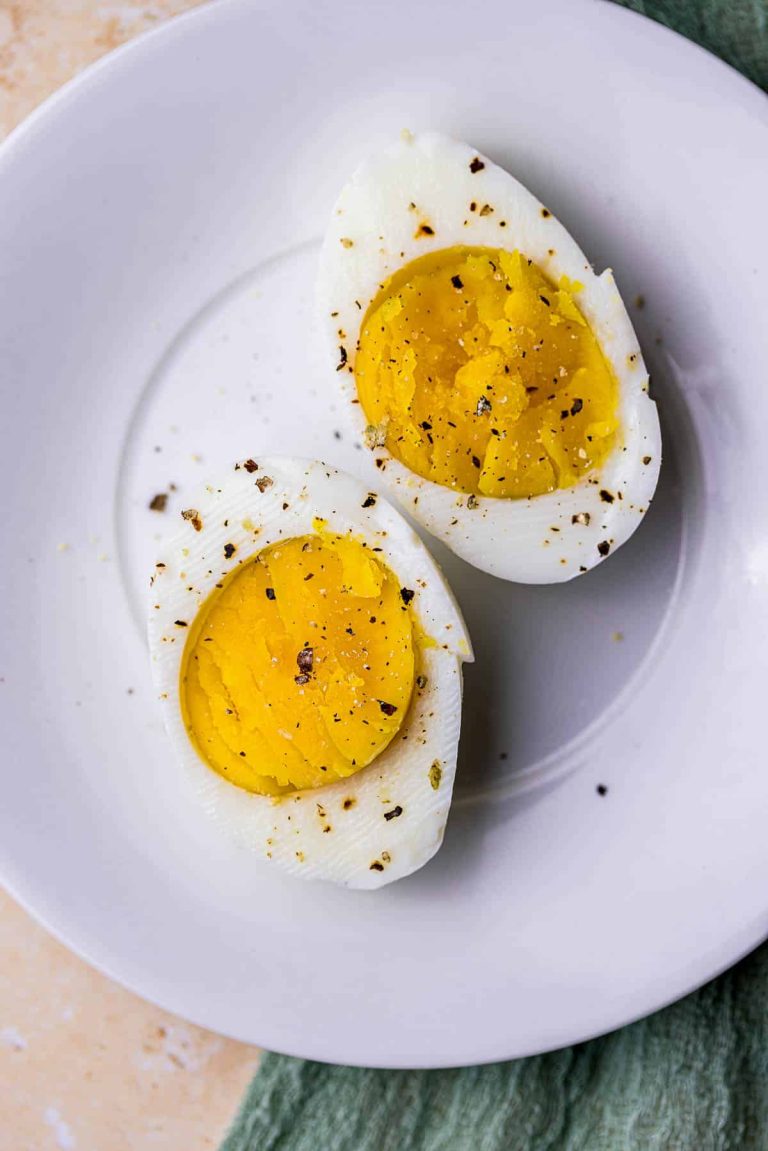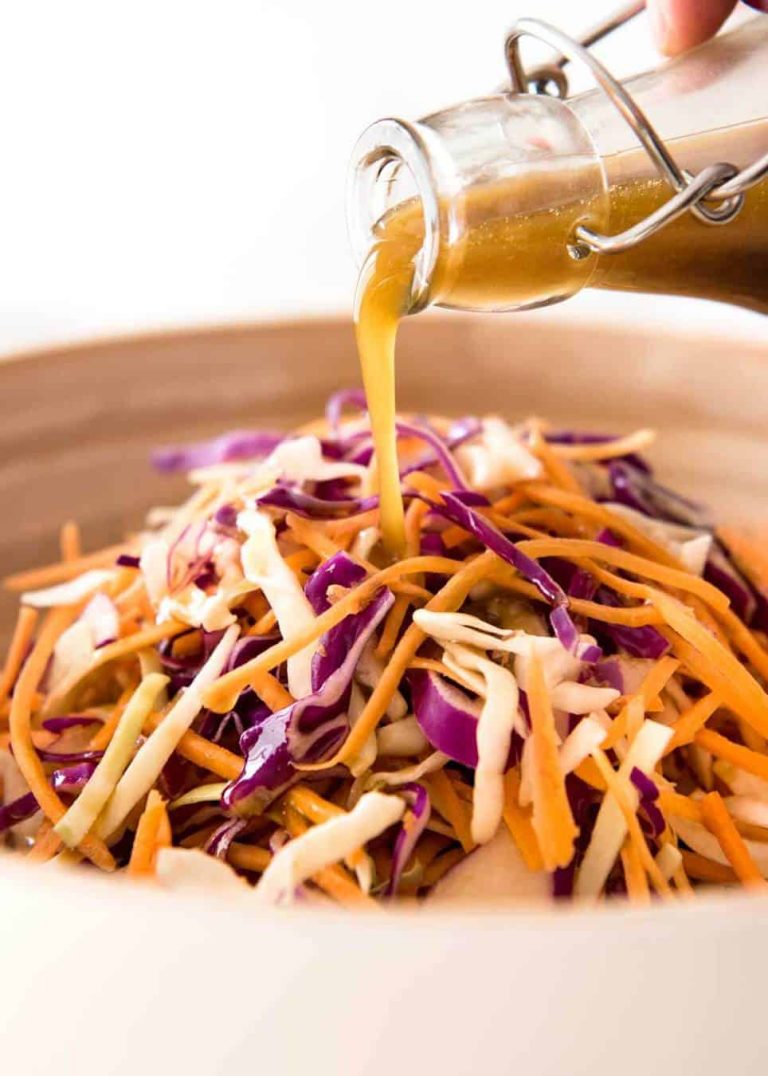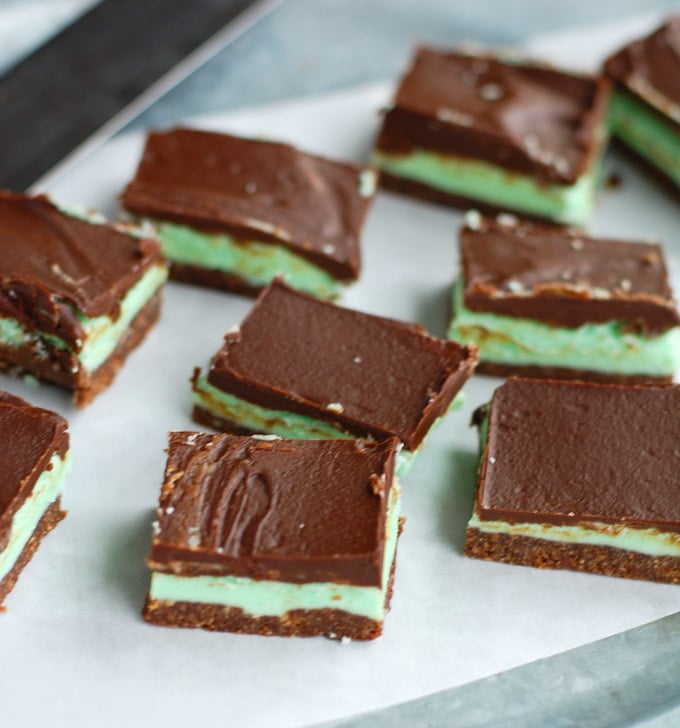Grandma’s Meatloaf With Oats: A Classic Recipe for Perfect Texture and Flavor
Meatloaf dates back to the ancient Romans. They combined chopped meats with various ingredients, including wine-soaked bread, ensuring flavorful loaves. During the late 19th century in America, meatloaf gained popularity. Immigrants blended beef, pork, and veal with stale bread to create an affordable, filling dish. Oats entered recipes as a binder, replacing more expensive options and adding a unique texture. Traditional meatloaf typically included ground meat, onions, spices, and a glaze of ketchup or tomato sauce.
Evolution Into Modern Cuisine
Meatloaf has transformed significantly over the years. Throughout the 20th century, American families adapted the recipe to suit their tastes and available ingredients. Adding oats became common, lowering costs and providing nutritional benefits. Today, meatloaf recipes vary widely, including ingredients like turkey, bison, and even vegetarian alternatives. Home cooks experiment with different spices, herbs, and sauces to create novel flavor profiles. While the basic concept remains unchanged, contemporary meatloaf reflects culinary diversity and innovation.
Why Oats in Meatloaf?
Nutritional Benefits of Oats
Oats in meatloaf add significant nutritional value. Rich in fiber, oats promote digestive health and keep you feeling full longer. They also contain essential minerals like manganese, phosphorus, magnesium, copper, iron, and zinc. These minerals support bone health, energy production, and immune function. Oats also provide B vitamins, aiding in cellular metabolism and energy production. Including oats in meatloaf doesn’t just improve texture, it boosts the nutritional profile.
Oats for Texture and Binding
Oats enhance meatloaf’s texture and act as an effective binder. Unlike breadcrumbs, oats absorb and retain moisture, preventing the meatloaf from becoming dry and crumbly. This results in a tender and cohesive loaf. Adding oats ensures the meat mixture holds together well during cooking, providing a uniform slice when served. The natural starches in oats create a smooth, slightly chewy texture, adding a pleasant mouthfeel to each bite.
Exploring Grandma’s Meatloaf With Oats
What Makes It Unique
Grandma’s meatloaf with oats stands out for several reasons. The integration of oats not only enhances the nutritional profile but also improves the texture and flavor. Unlike traditional breadcrumbs, oats maintain moisture, ensuring a tender loaf. This meatloaf breaks the conventional dense texture, offering a more light and fluffy consistency. Additionally, the use of oats aligns with modern dietary preferences, providing a wholesome alternative to refined ingredients.
Key Ingredients and Substitutions
Key ingredients in Grandma’s meatloaf with oats include ground meat, oats, onions, and a ketchup glaze. Ground beef or turkey can be used based on preferences. Oats serve as a binding agent, replacing breadcrumbs. For added flavor, consider options like Worcestershire sauce or mustard. Substitutions for common allergens like gluten are possible by using gluten-free oats. Those seeking a leaner option can use ground turkey or chicken. Onions and garlic offer aromatic depth, while the ketchup glaze combines sweetness and tanginess.
Additional Enhancements
To elevate the meatloaf, incorporate finely chopped vegetables like bell peppers and carrots, adding both nutrition and texture. Herbs such as parsley and thyme introduce freshness. For added moisture and richness, consider adding a small amount of milk or broth. These enhancements create a well-rounded, flavorful meatloaf that stays true to Grandma’s traditional recipe while meeting contemporary tastes.
Cooking Techniques and Tips
Step-by-Step Preparation
- Preheat the Oven: Set your oven to 350°F (175°C). Preheating ensures even cooking.
- Prepare Ingredients: Dice onions, measure oats, and gather spices. Ensure everything is within reach.
- Mix Ingredients: In a large bowl, combine ground meat, oats, onions, eggs, and spices. Mix until just combined; overmixing can toughen the meatloaf.
- Shape the Meatloaf: Transfer the mixture to a loaf pan. Press gently to form a loaf shape.
- Add Glaze: Spread ketchup or your choice of glaze evenly on top. This adds flavor and helps retain moisture.
- Bake: Place the pan in the oven and bake for about 1 hour. Check doneness with a meat thermometer; it should read 160°F (71°C) in the center.
- Rest Before Slicing: Allow the meatloaf to rest for 10 minutes before slicing to maintain juiciness.
- Overmixing Ingredients: Mixing too vigorously can result in a dense texture. Mix until just combined.
- Skipping the Rest Period: Cutting the meatloaf immediately after baking releases juices, making it dry. Let it rest for better moisture retention.
- Wrong Temperature: Baking at too high or low a temperature affects texture and cooking time. Stick to 350°F (175°C) for optimal results.
- Neglecting the Thermometer: Visual cues can be misleading. Use a meat thermometer to ensure internal temperature reaches 160°F (71°C).
- Ignoring Ingredient Balance: Imbalanced ingredients can compromise flavor and texture. Ensure proper ratios of meat, oats, and seasoning.
Serving Suggestions for Grandma’s Meatloaf
Side Dishes and Pairings
Enhance Grandma’s meatloaf with oats by pairing it with complementary side dishes. Mashed potatoes, seasoned with butter and garlic, create a classic combination. Serve with green beans, sautéed or steamed, for a fresh contrast. A tangy coleslaw, made with vinegar-based dressing, balances the richness of the meatloaf.
Consider baked potatoes topped with sour cream and chives if you prefer simpler sides. Roasted vegetables, such as carrots, Brussels sprouts, and bell peppers, provide both flavor and visual appeal. For a lighter option, a mixed greens salad with vinaigrette offers a refreshing bite.
Creative Ways to Serve Leftovers
Repurpose Grandma’s meatloaf leftovers into exciting new dishes. Slice and add to sandwiches, using hearty bread and your favorite condiments. Create meatloaf sliders by placing small slices on mini buns with cheese and pickles.
Chop the meatloaf and mix into pasta or casseroles for added protein. Make a meatloaf hash by combining with diced potatoes and onions, then frying until crispy. For a quick dinner, reheat slices and serve with a side of gravy and steamed vegetables.
Conclusion
Grandma’s meatloaf with oats isn’t just a nostalgic dish; it’s a timeless recipe that blends tradition with nutrition. By following the detailed steps and avoiding common pitfalls, you’ll achieve a meatloaf that’s both flavorful and tender. Don’t forget to experiment with ingredient substitutions to suit your taste. Pair your meatloaf with classic sides or get creative with leftovers for a versatile and satisfying meal. Whether you’re cooking for a family dinner or a casual get-together, this meatloaf is sure to be a hit. Enjoy the comforting flavors and the sense of home that only Grandma’s recipe can bring.

